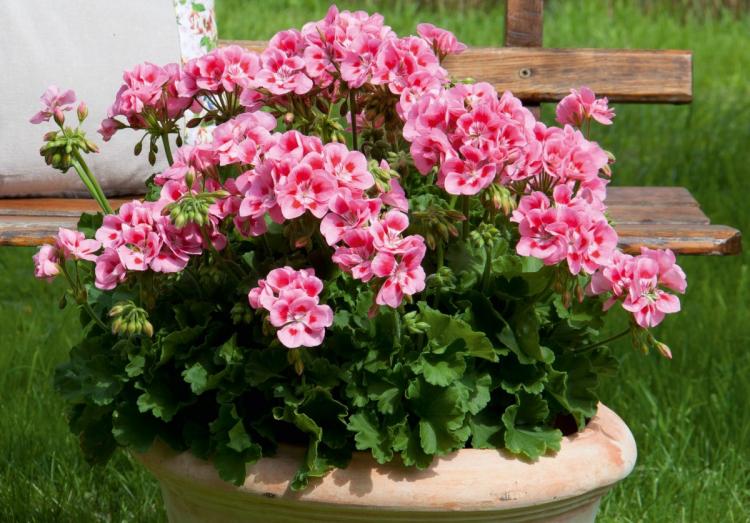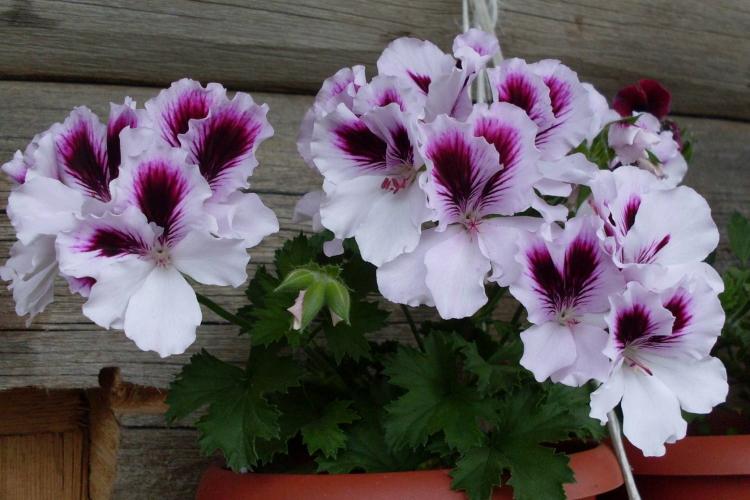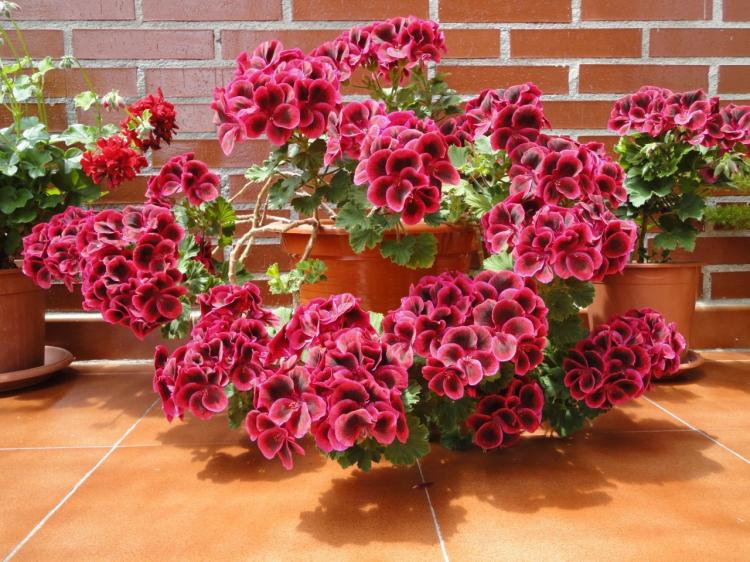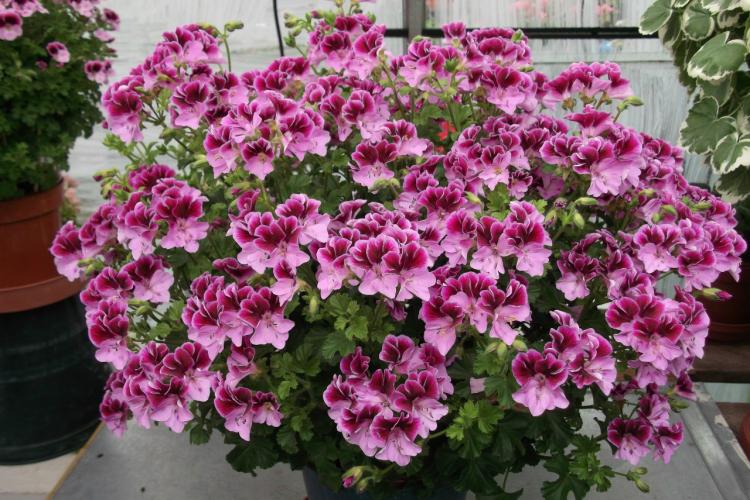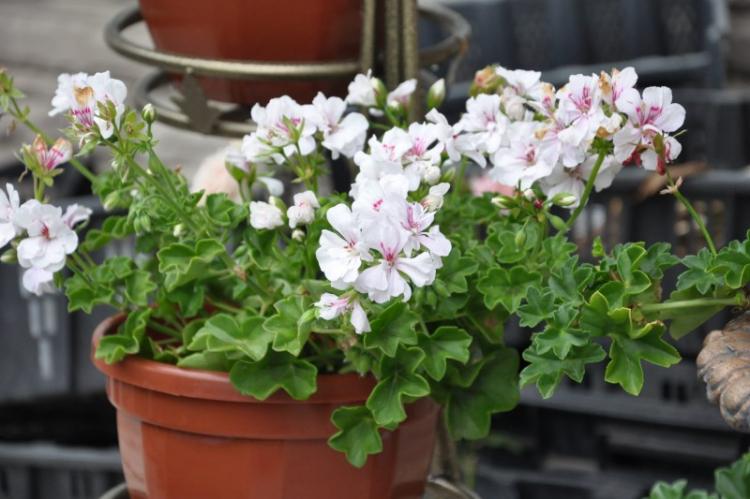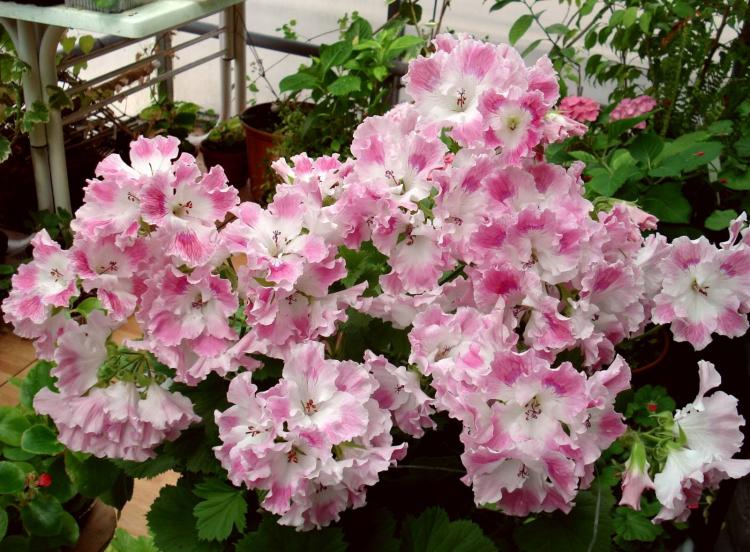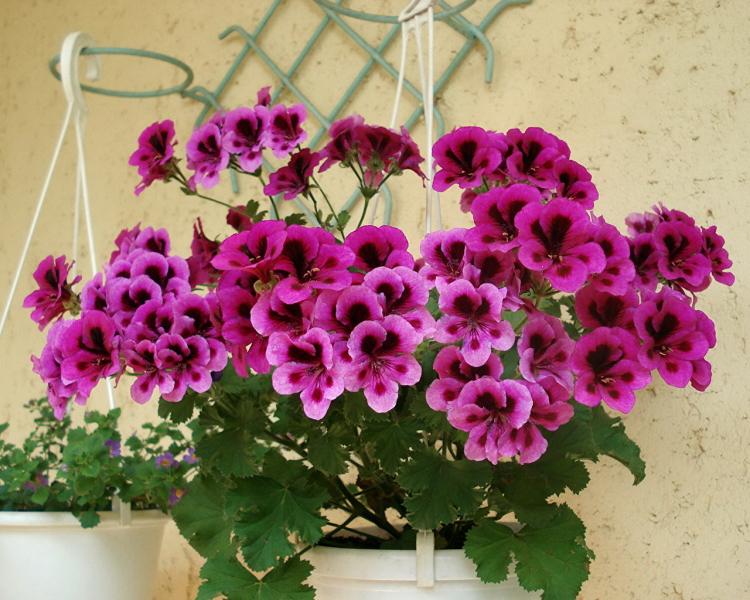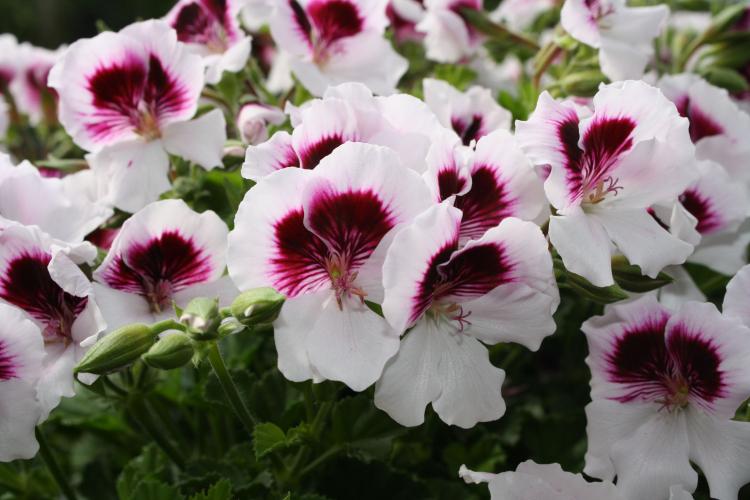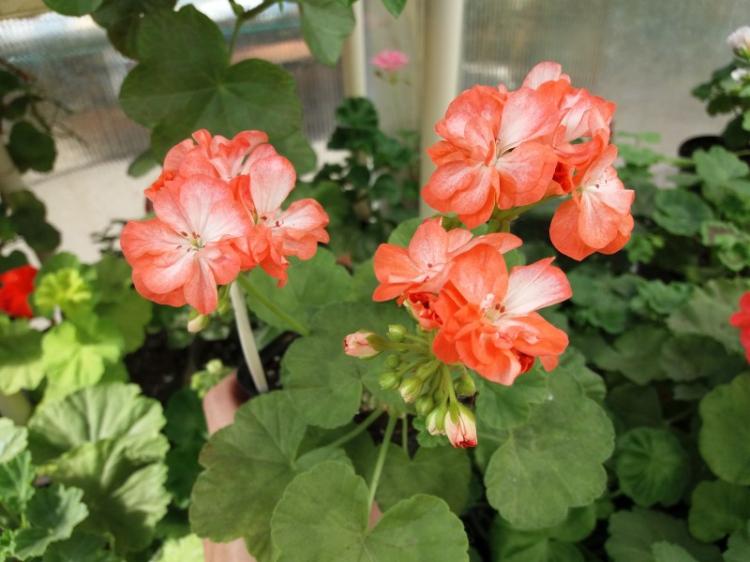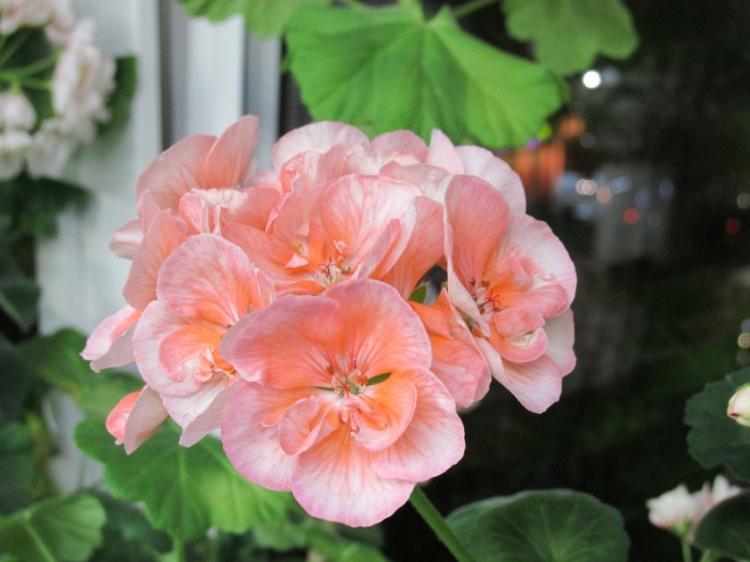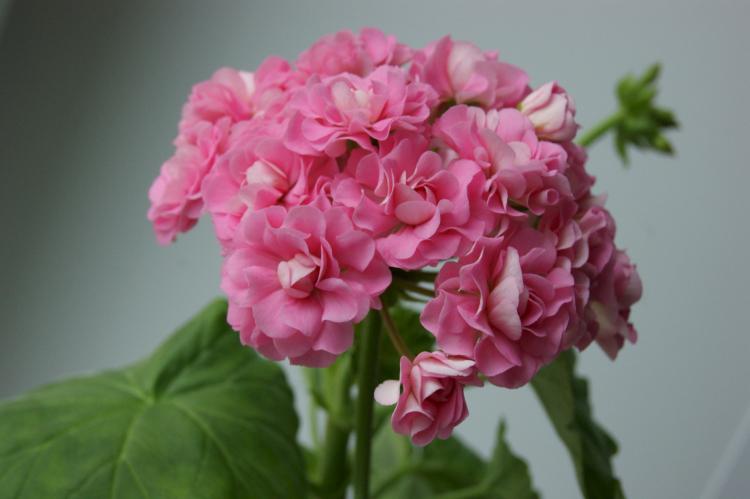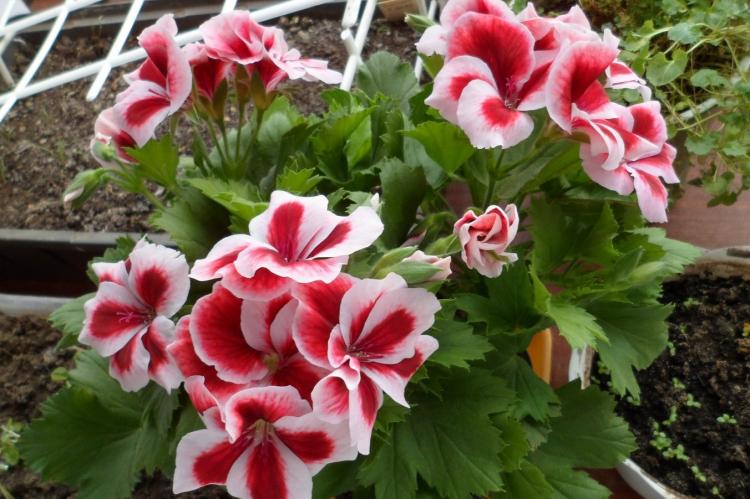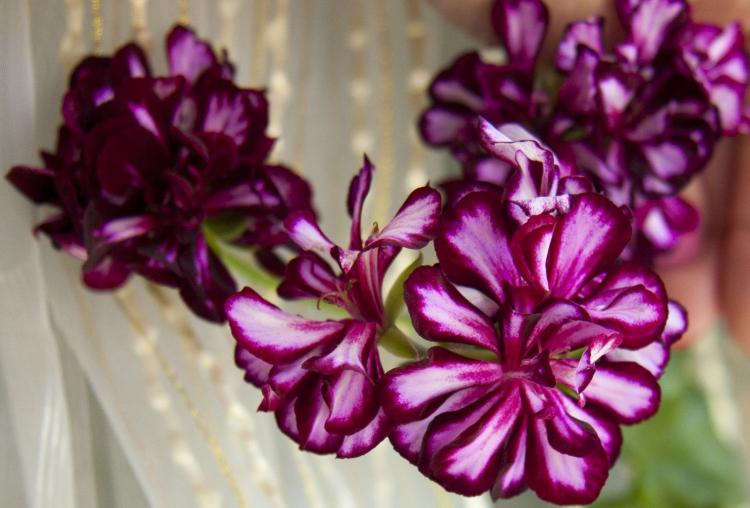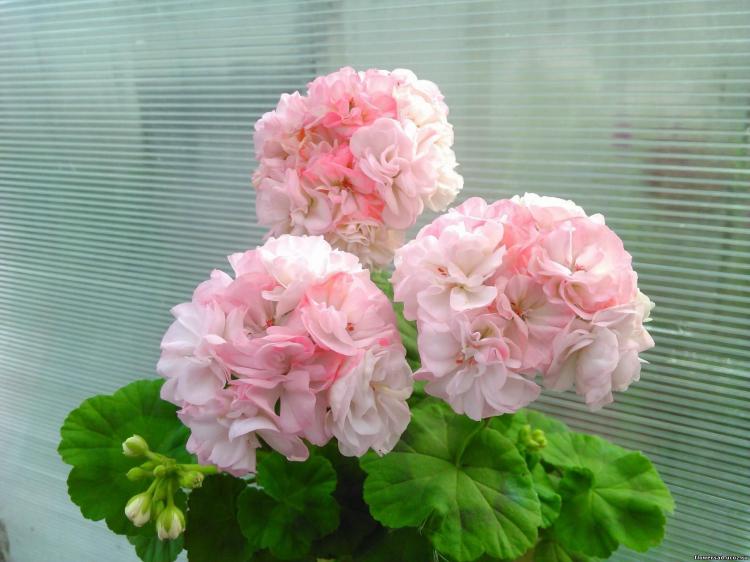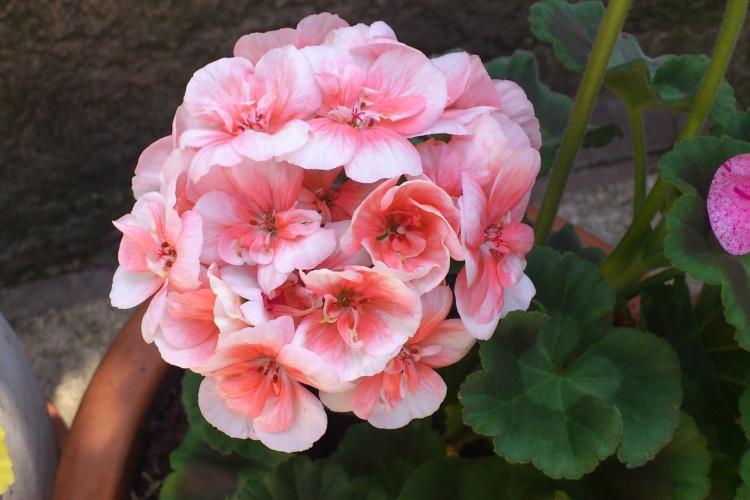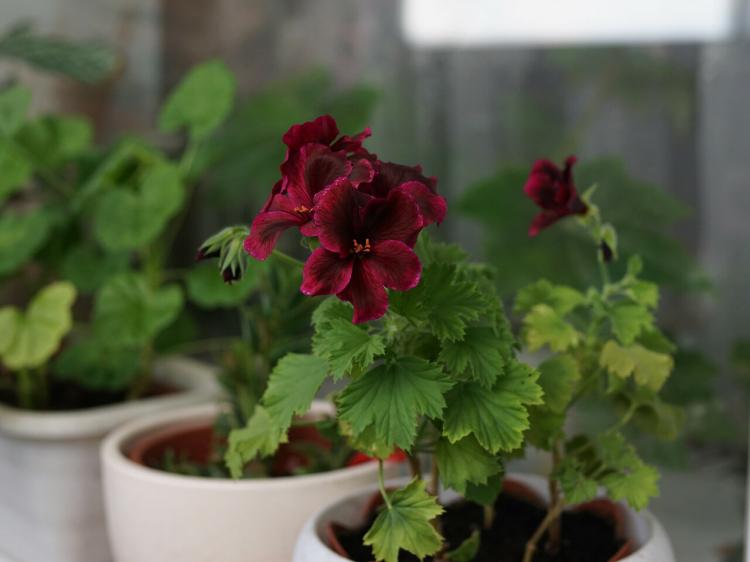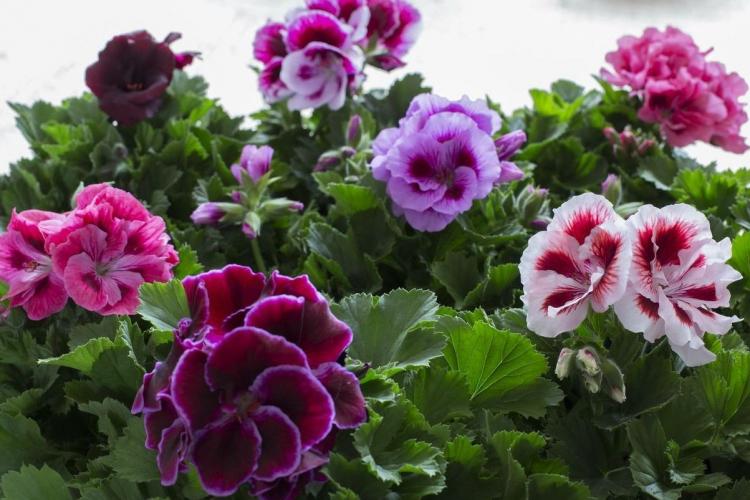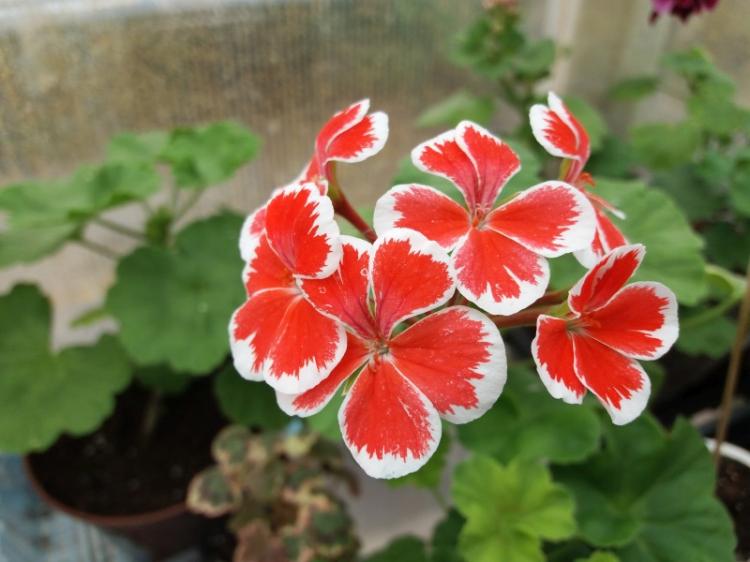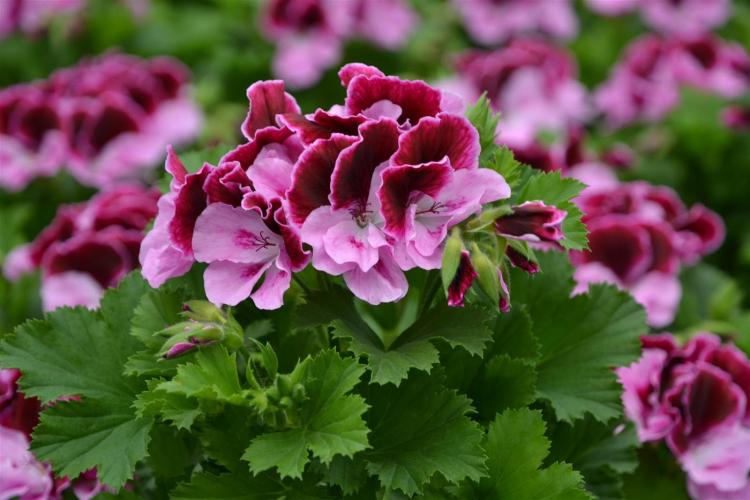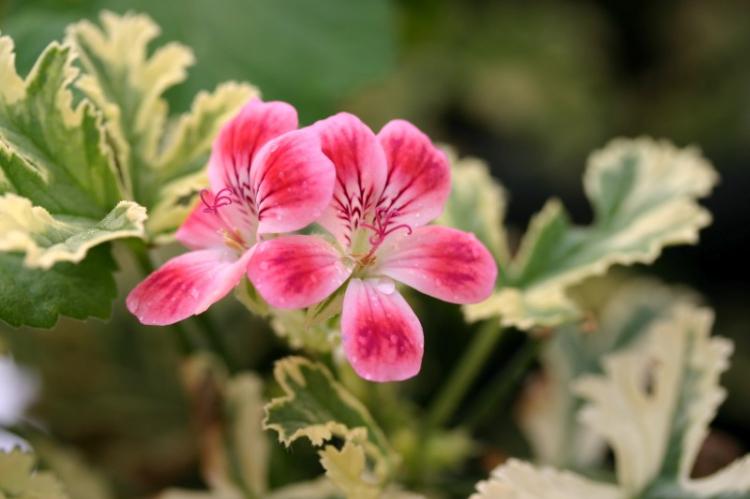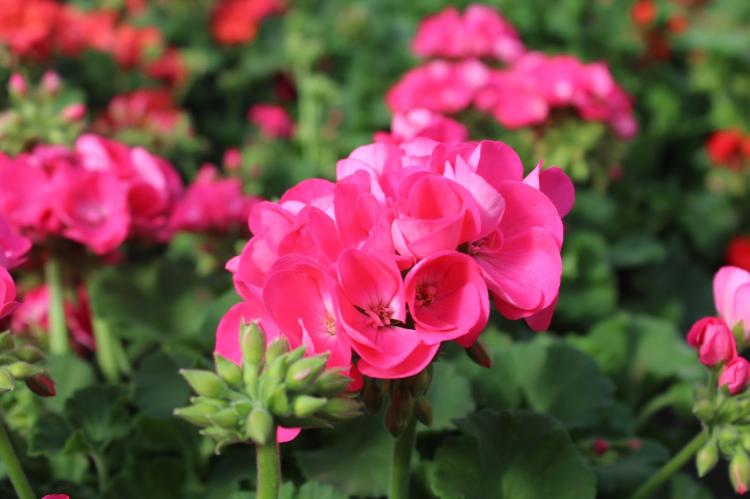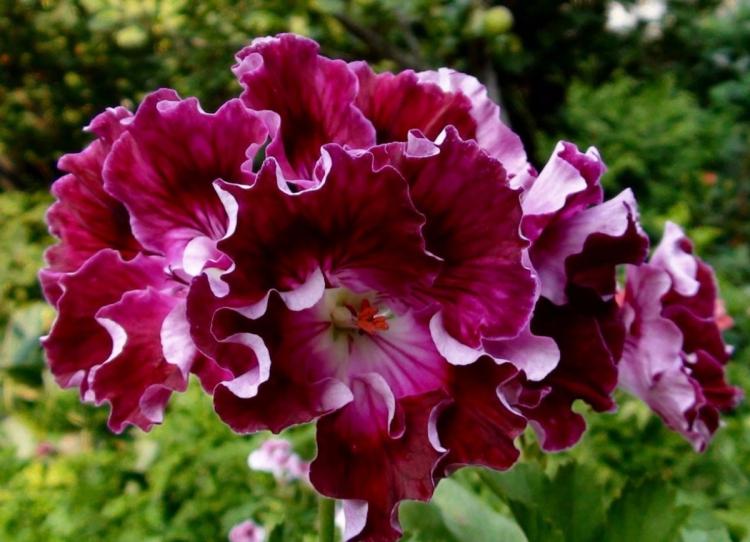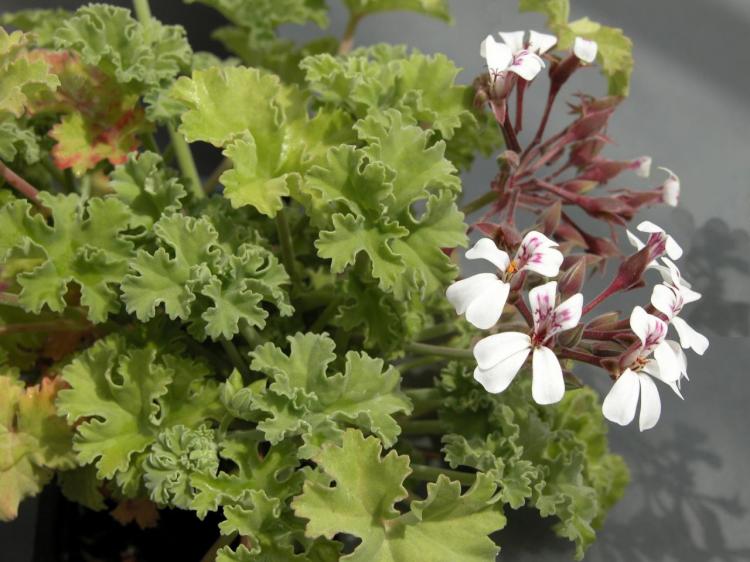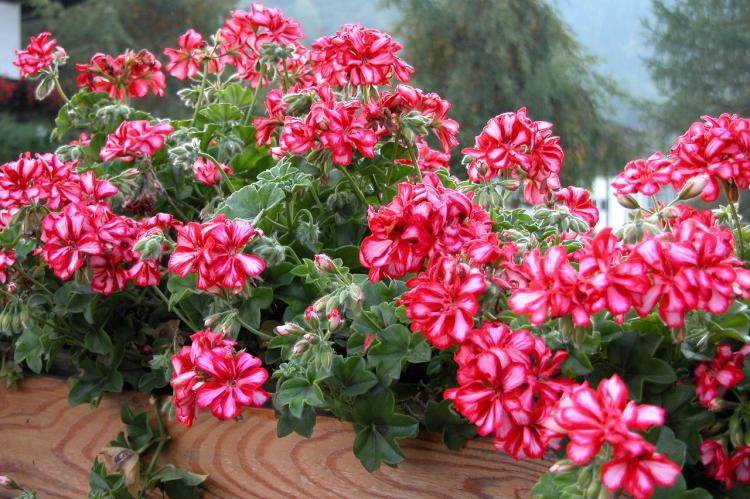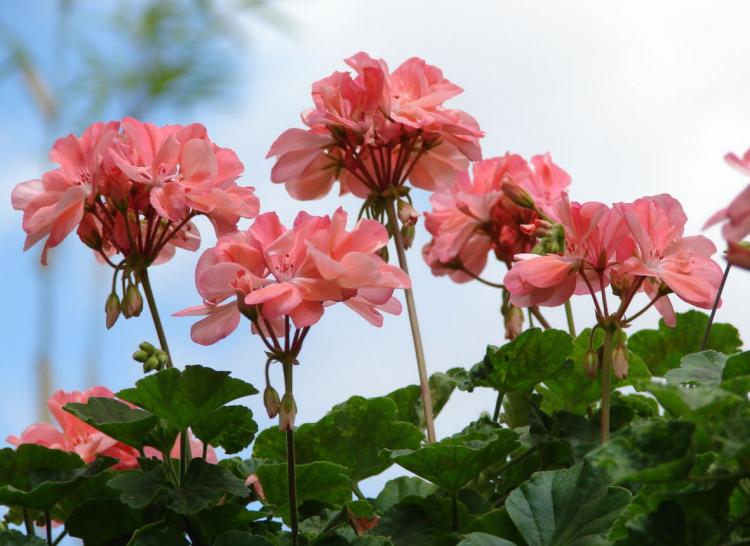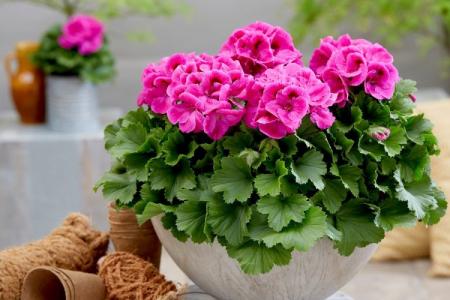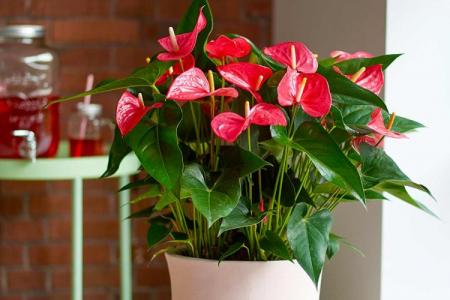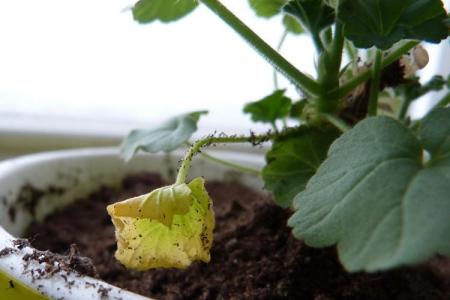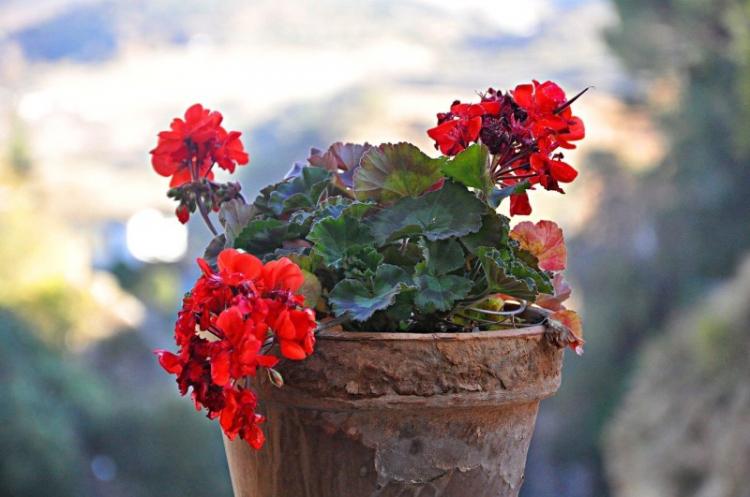
Pelargonium is familiar to everyone, but not everyone knows that behind the mysterious name lies the very geranium that is found in gardens and on window sills. Beautiful and unpretentious, it does not require complex care, it pleases with bright colors and a pronounced aroma. Pelargonium is also very versatile: it takes root both at home and in a flower bed!
general characteristics
Pelargonium is a perennial herb. The family name remains the same: Geranium. Although over time, botanists have singled out the genus "Pelargonium" separately.
It is almost impossible to outline the common features for a family of five genera and hundreds of species. There are herbaceous, creeping, straight, branched varieties, and there are shrubs. Flowers differ in shape and size, but most often they are collected in umbrellas. Leaves - ordinary, finger-like or dissected. The fruit is a box with sepals.
Due to its southern origin, pelargonium easily tolerates sun, heat and dryness. But she is not ready to hibernate in the open field.
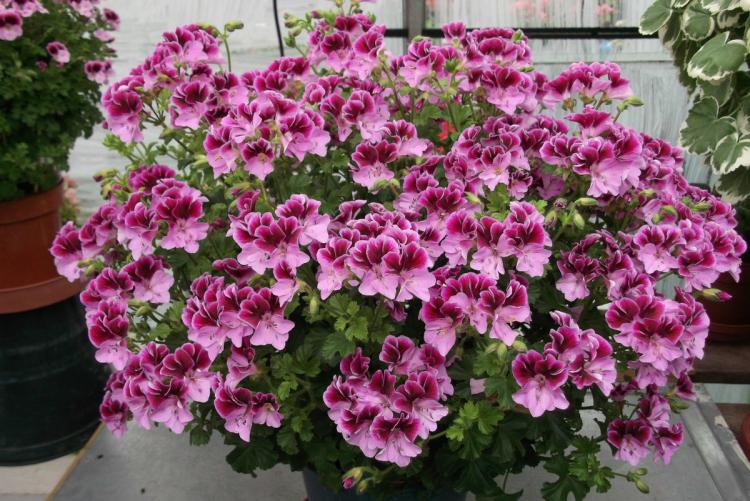
The use of pelargonium
Geranium leaves contain a healing essential oil. From time immemorial, it is actively used in folk medicine, because in its bactericidal properties it is not inferior even to garlic. Only the smell is much nicer.
It is believed that seedlings of pelargonium on the windowsill destroy up to 70% of germs in a small room. On the site, she independently copes with some garden pests.
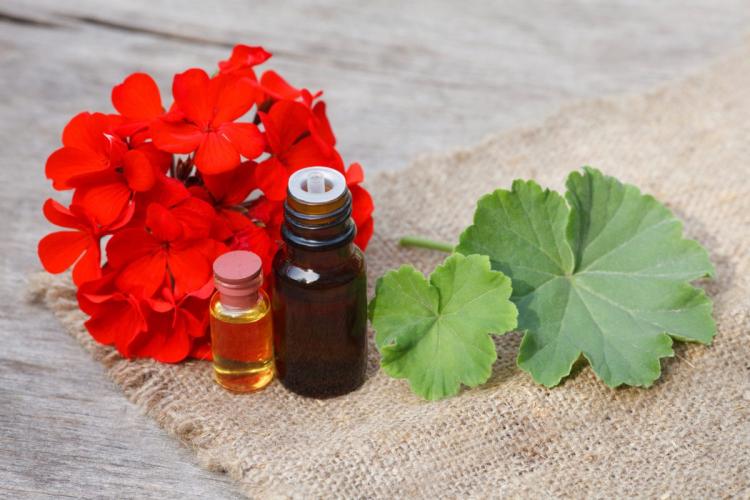
The extract of the roots of sidoid pelargonium is used in medicinal preparations for otitis media and diseases of the respiratory tract. According to various studies, geranium contains about 500 active and useful components, some of which are used in perfumery and cosmetics.
Indoor varieties also have a hemostatic, anti-inflammatory, decongestant, antifungal and tonic effect.
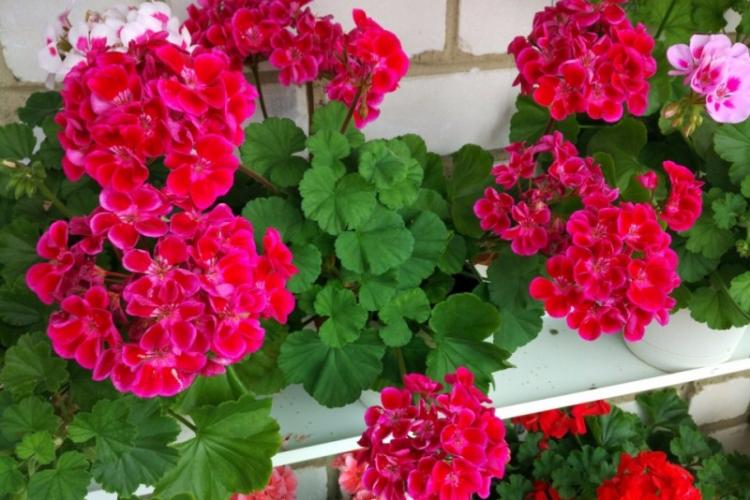
Types of pelargonium
In total, there are over 250 varieties of the Pelargonium family alone. The whole genus of geraniums has many more options. But only certain species were widely known. In general terms, they can be divided into 6 categories.
Scented pelargonium
As the name suggests, these varieties are renowned for their distinct aroma. Consider this when choosing home flowers, because their smell sometimes causes a headache.
These pelargoniums are often quite inconspicuous. These are loose, branched bushes with variegated palmate or lobed leaves. Flowers - miniature, not so frequent, pale or pink.
Such geraniums can smell like herbs, fruits and berries, and even more complex compositions. They are especially appreciated by perfumers.
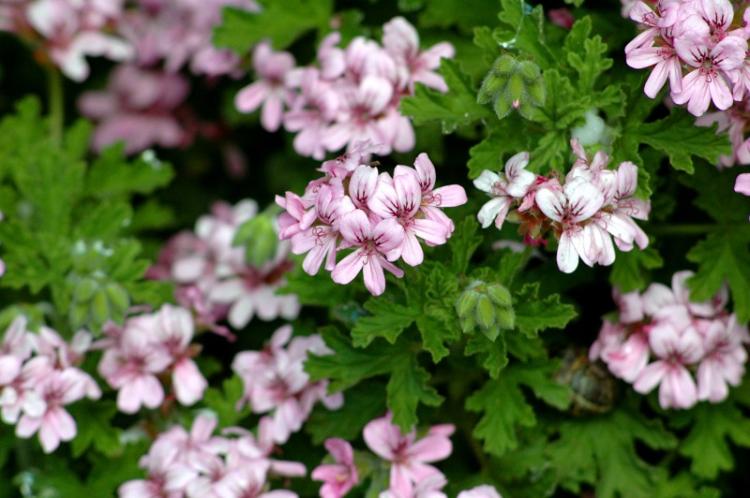
Ivy pelargonium
The variety got its name due to its resemblance to ivy, which spreads and wraps around the base, elongated shoots grow up to a meter. This is an interesting decorative cover solution. The dense leaves with a smooth and bright surface are also reminiscent of ivy.
The size and color vary from cultivar to cultivar. This particular geranium is used to decorate balconies and arches.
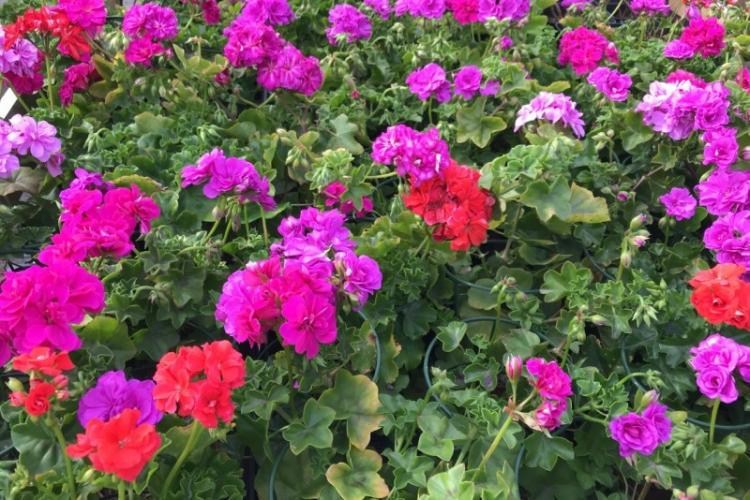
Zone Pelargonium
The most popular type of geranium includes tens of thousands of varieties. Flowers - double, non-double or semi-double, 5-8 petals. Zonal pelargonium is a bushy plant with fragrant leaves hanging down.
It is because of the leaves that the species got its name. There is always a separate area of a different color in the center. It disappears in the cold season, but reappears along with the spring sunbeams.
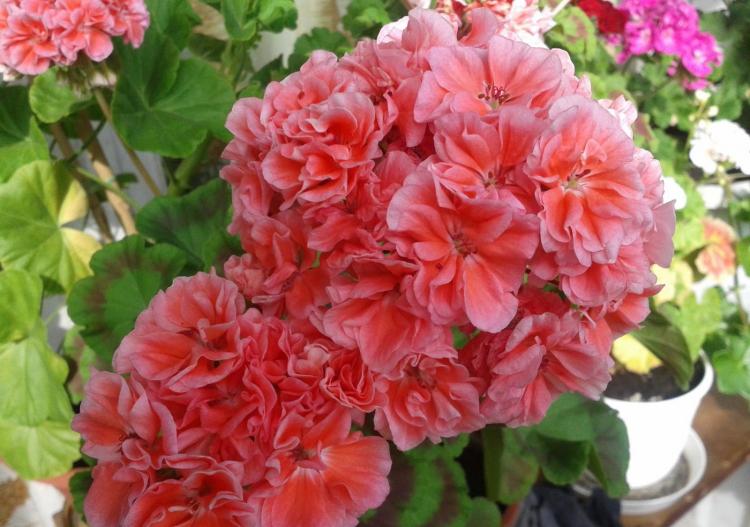
Royal Pelargonium
These are large varieties bred specifically to decorate palaces. Powerful bushes grow up to half a meter and attract attention with large and graceful fringed or corrugated flowers.
Due to the veins and spots, the petals are not monochromatic. This makes them look even more interesting. But the flowering of such pelargonium lasts the whole season, when the usual one can bloom all year round.Another interesting feature is the wide, jagged leaves. They look like maple trees.
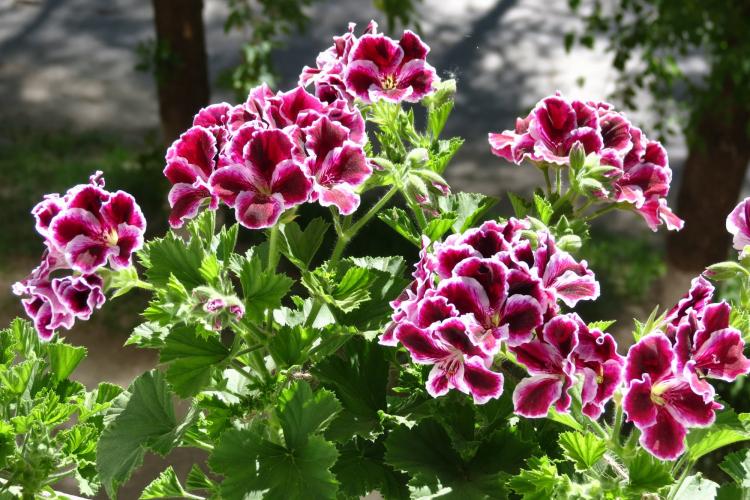
Unicums
This is a rare and ancient species that was specially cultivated by crossing different varieties of brilliant and royal pelargonium.
Unicums were all the rage during the Victorian era. Bright flowers are almost as good as royal ones, but slightly smaller in size. The cut leaves exuded a scent all over the flower garden.
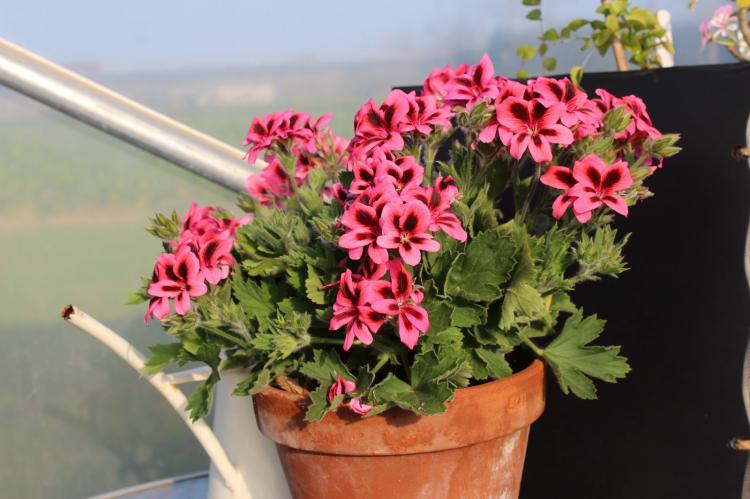
Angels
This is another group of royal and curly pelargonium hybrids. It was brought out by Langley Smith, a gardener from England. All new varieties of this group were created by crossing within it.
The peculiarity of angels is the ampelous shape of the bushes and small flowers. These varieties are not so whimsical to the environment, but they need more light.
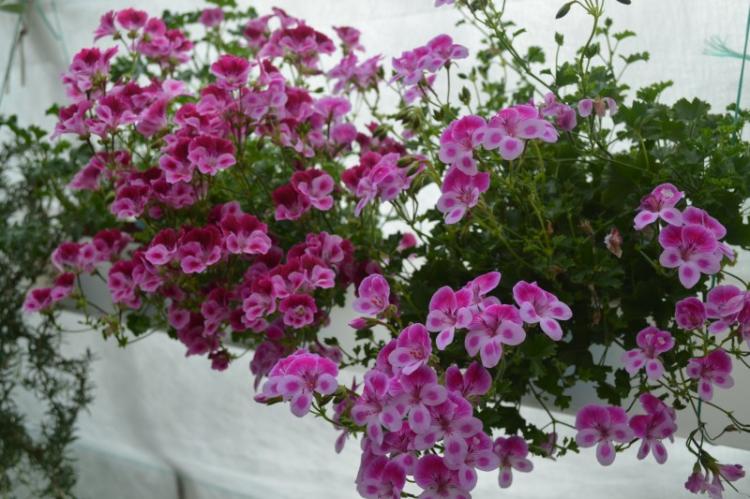
Pelargonium care
Among the majority of ornamental flower plants, pelargonium is one of the most unpretentious. To make her happy with a bright and exuberant color, it is enough to follow simple rules.
Temperature
A comfortable temperature for pelargonium is from +13 degrees, otherwise it will not be able to bloom. If you see that the leaves gradually change color from the edges - most likely the plant is cold.
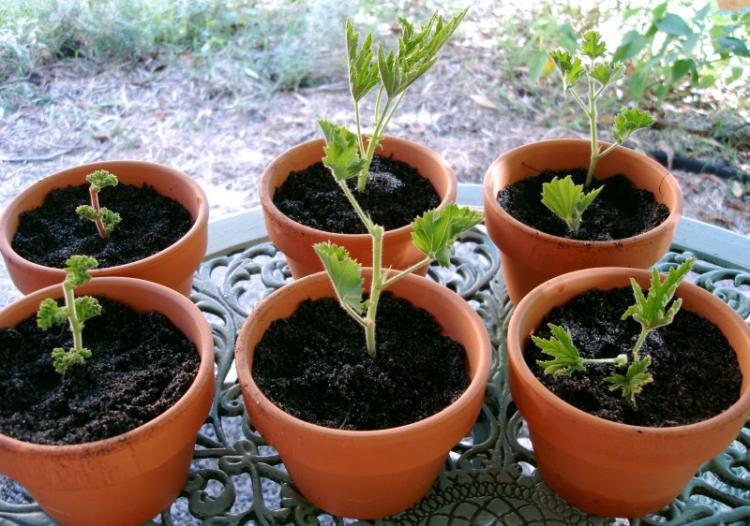
Wintering
In summer, geraniums feel great outdoors. To do this, propagate the flower before the beginning of winter, and re-plant it in the spring.
But you cannot leave it on the street with the arrival of cold weather. Transplant the pelargonium back into the pot before the first significant frost, otherwise it will not cope with such conditions. In winter, do not keep seedlings by the window, even at home.
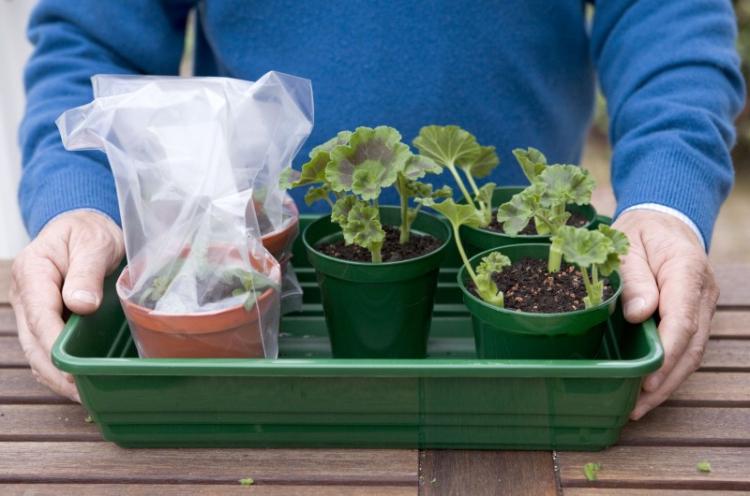
Lighting
Geranium is very fond of the sun, so in the apartment she is most comfortable on the southern windowsill. To prevent the flower from fading, take care of the midday shade, and be sure to avoid drafts. Like all southern plants, pelargonium does not tolerate them.
If you see that the stalk of the geranium has begun to gradually bare, it is most likely that it lacks light.
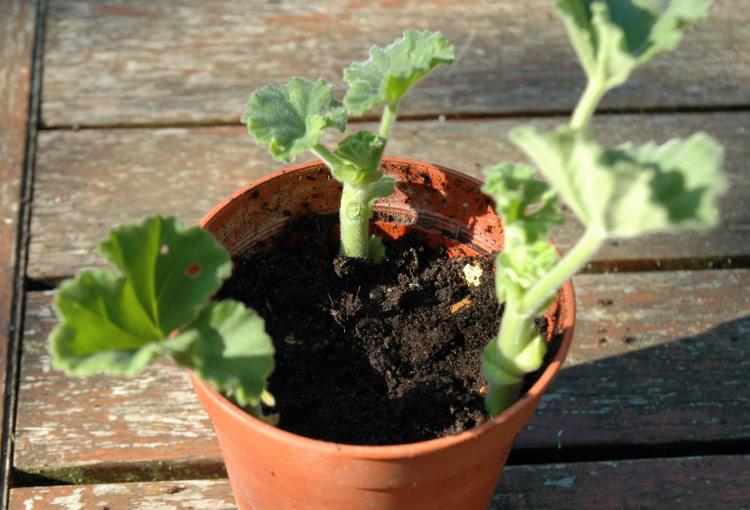
Watering
Watering should be moderate but regular. Make sure that the soil is not too wet. If the flower begins to rot from the roots, it is almost impossible to save it, the maximum is to plant healthy cuttings. Rotting of the root collar is the most common problem with geraniums. For the same reason, it is important not to wet the leaves.
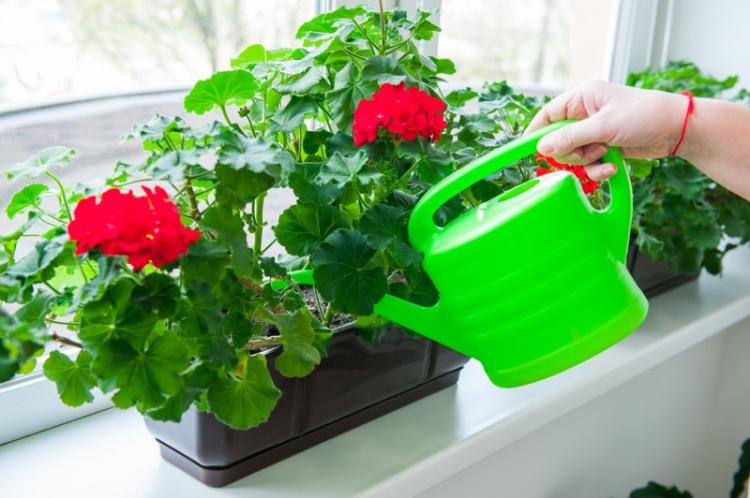
Pruning
Pelargonium grows quite quickly and violently, so it needs to be shaped so that it looks neat. Tackle pruning in the fall, form a squat crown, and the flower will begin to bush well. In the spring, you can shorten the ends that are too long.
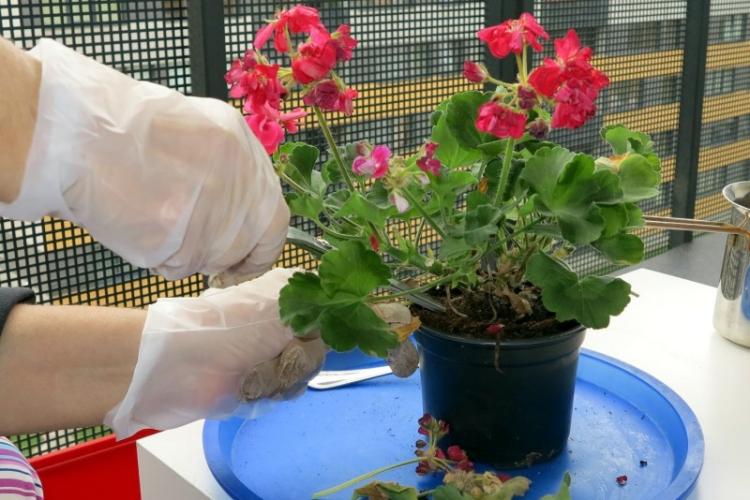
Pest and disease control
Most of the problems with pelargonium are associated with a violation of the regime. If you see gray mold on the leaves, cut off the damaged areas and stop watering until the soil is completely dry. After that, treat the plant with an antifungal drug and leave it in the sun.
But pests are also found in the garden. Whiteflies hide on the back of the leaves, they quickly multiply and suck nutrients out of the plant. Do not forget to treat the flowerbed with insecticides - they will also help to prevent aphids.
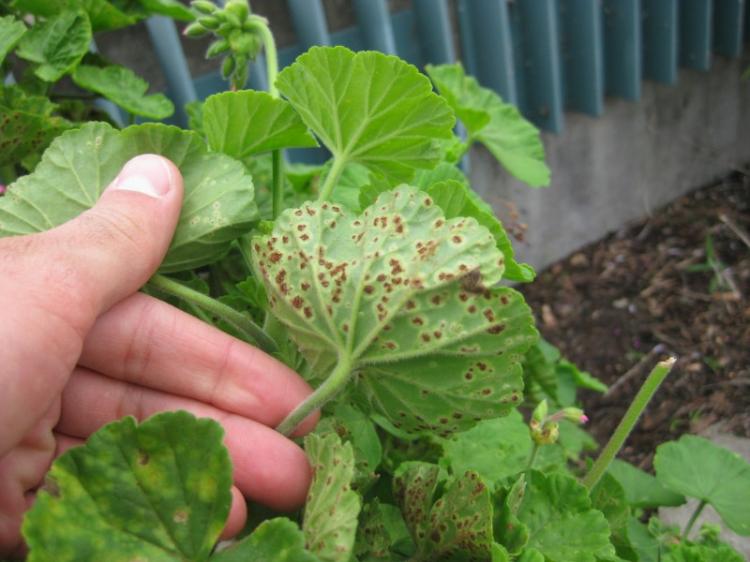
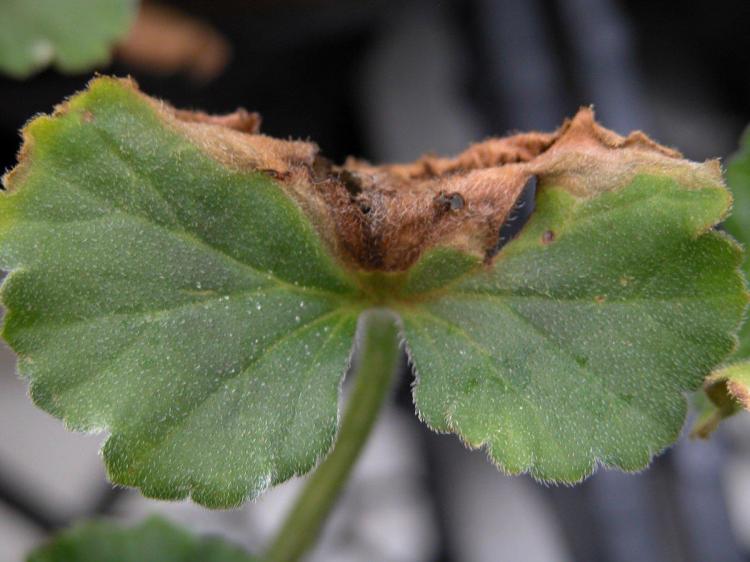
Transplant and reproduction
You don't need to be an experienced gardener to propagate pelargonium. It grows well even from cuttings that remain after pruning.
Leave an interval of 2-3 years between cuttings for the geranium to grow. The smaller and weaker the bush, the less often it is worth pruning. But you can cut the cuttings at any time of the year. Do you want to see bloom in the summer? Take care of this from spring. Moreover, flowers take root faster in spring.
For propagation, choose tops with at least 3 leaves. The length of the cutting is 2.5-5 cm, depending on the size of the variety. Cutting off shoots with buds is not recommended. If they are, remove them, otherwise they will pull nutrients onto themselves. And a young plant will not be able to develop normally.
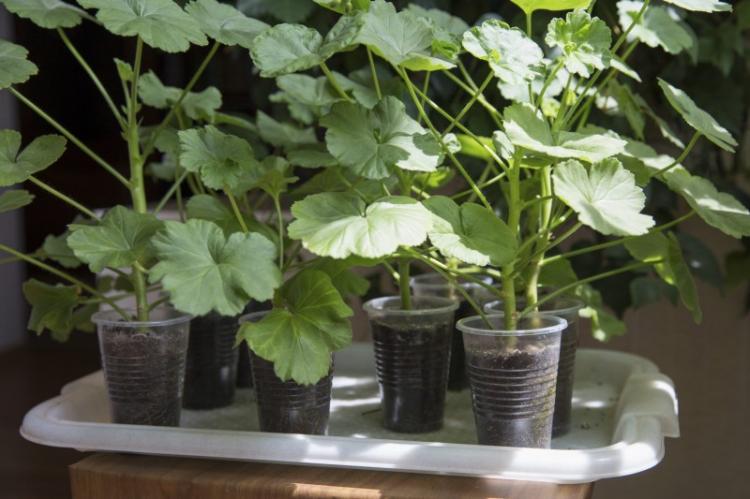
Shoots take root both in the ground and in the water. You can treat the sections with special preparations to accelerate growth. For rooting in water, take only settled liquid. Wait until the roots grow 2-3 cm, and then carefully transplant the shoots into a flowerpot.For rooting immediately in the ground, dry the cutting before planting so that it does not start to rot.
Plant the shoots in a special soil mixture and sand in a 3: 1 ratio. Choose only drained pots and containers. Leave the vases with shoots in the shade for a couple of days, and only then transfer them to the sun. Be sure to pour water not into the pot itself, but into the stand. Finally, the shoots take root within 2-6 weeks.
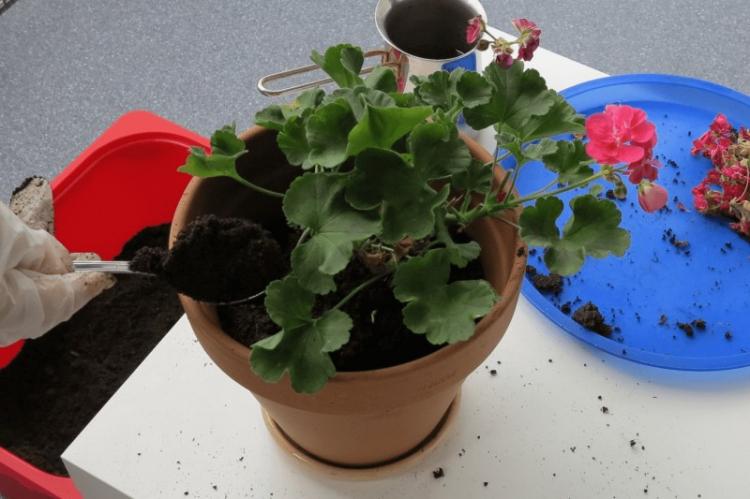
Pelargonium (geranium) - photo
Do you doubt whether to acquire seedlings? Then take a look at these photos. We have collected the brightest and most beautiful pelargoniums in a selection!
